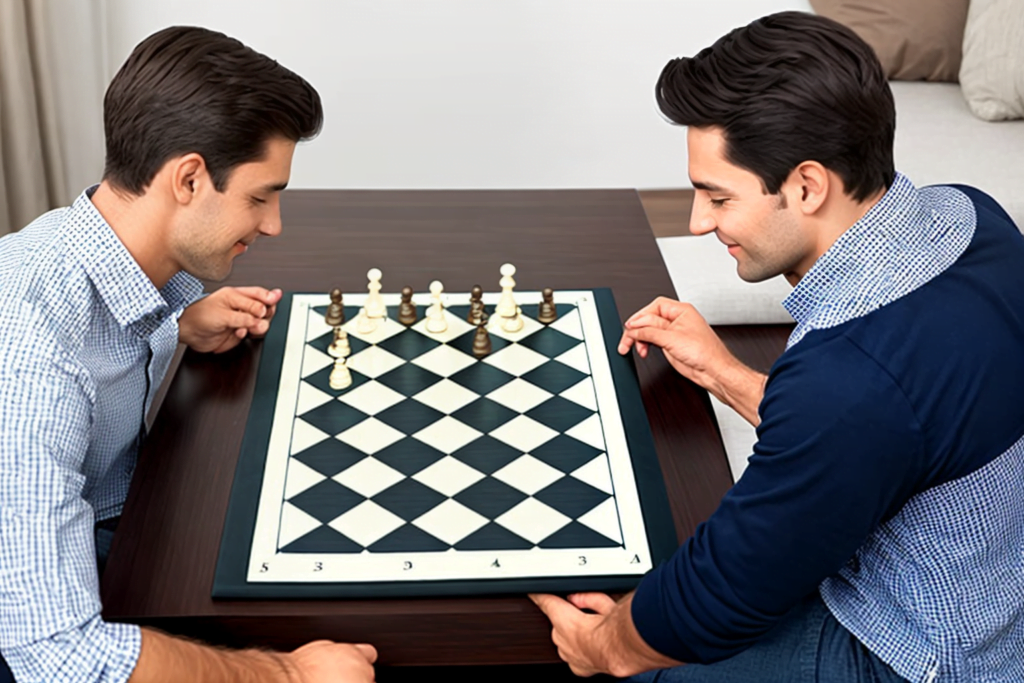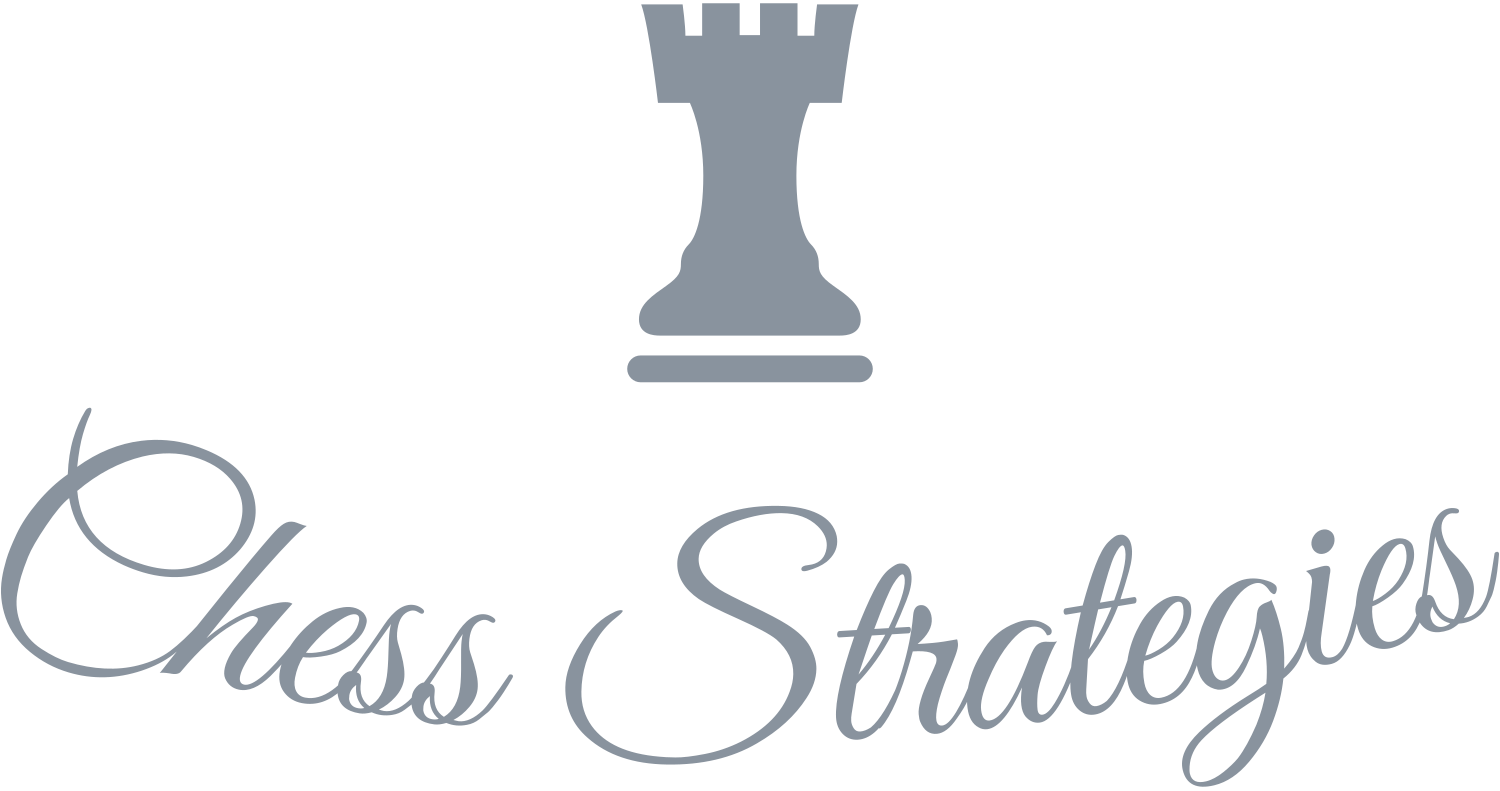Checkmate in Chess: Mastering the Art of the Final Move

Chess is a game that has fascinated players for centuries, captivating minds with its strategic depth and intellectual challenges. At the heart of this ancient game lies the ultimate goal: checkmate. The chess checkmate concept represents the decisive moment when a player’s king is trapped and cannot escape capture. In this article, we delve into the intricacies of checkmate in chess, examining the strategies, techniques, and mindset required to achieve this triumphant move.
Checkmate in Chess: A Game of Skill and Strategy
Chess, known as the “Game of Kings,” is a battle of wits, where players engage in a mental duel to outmaneuver their opponents. Checkmate is the ultimate victory, a testament to a player’s strategic prowess and ability to foresee moves ahead.
The Objective of Chess: Checkmate!
The primary goal in chess is to deliver checkmate to your opponent’s king. The game is won by placing the opponent’s king under attack so that it cannot escape capture. Achieving checkmate requires careful planning, calculated moves, and an understanding the game’s fundamental principles.
The Anatomy of Checkmate
Checkmate is not a single move but the culmination of a series of strategic maneuvers. To understand checkmate, one must grasp the fundamental chess elements involved:
- The King: The most crucial piece on the chessboard, the king must be protected from threats and carefully positioned to avoid checkmate.
- The Attacking Pieces: These include the queen, rooks, bishops, knights, and pawns. Each piece contributes to the tactical maneuvers leading to checkmate.
- The Defensive Pieces: These are the pieces responsible for safeguarding the king and defending against potential threats from the opponent.
Key Tactics and Strategies for Achieving Checkmate
Achieving checkmate requires a combination of tactical moves and strategic planning. By mastering the following tactics, you can enhance your chances of delivering a devastating checkmate:
Forks: Pawns and Knights in Action
Forks are tactical maneuvers where a single piece simultaneously attacks two or more opponent pieces. Knights, with their unique L-shaped movement, excel at executing forks. By exploiting the knight’s ability to jump over other pieces, players can create fork opportunities that lead to checkmate.
Pins: Restricting the Opponent’s Movement
A pin occurs when a piece is restricted from moving to protect another piece, usually a more valuable one, due to the potential capture of the king. This tactic forces the opponent to make defensive moves that ultimately lead to checkmate.
Skewers: Forcing the King’s Exposure
Skewers involve an attack on a valuable piece behind the opponent’s king, forcing it to move and exposing the king to potential capture. A well-executed skewer can result in a successful checkmate by creating a dilemma for the opponent.
Discovered Attacks: Unleashing Hidden Threats
Discovered attacks occur when moving one piece reveals an attack by another piece, usually targeting the opponent’s king. This powerful tactic pressures the opponent, who must respond to the immediate threat while considering the impending checkmate.
Sacrifices: Calculated Risks for Victory

Sacrifices are strategic moves where a player deliberately gives up a piece or exposes their king to create an advantageous position leading to checkmate. Players can open up lines, weaken the opponent’s defenses, and create opportunities for checkmate by sacrificing pieces. This daring strategy requires careful calculation and understanding of the potential benefits it can bring.
Zugzwang: Forcing the Opponent into a Losing Position
Zugzwang is a critical concept in chess, where players are forced to make a move that worsens their position. By maneuvering the opponent into a zugzwang situation, players can gain a significant advantage and pave the way for checkmate.
X-ray Attacks: Piercing Through Defenses
X-ray attacks involve a piece indirectly attacking another piece by aligning with an opponent’s piece. This tactic allows players to pierce the opponent’s defenses, leading to a potential checkmate.
Frequently Asked Questions (FAQs)
How do you achieve checkmate in chess?
Checkmate is achieved by trapping the opponent’s king so it cannot escape capture. This can be accomplished through strategic moves, tactical combinations, and careful planning.
Can a pawn deliver a checkmate?
Yes, a pawn can play a crucial role in delivering checkmate. Promoting a pawn to a queen or another powerful piece can contribute to the final checkmate move.
Is checkmate always achieved with a queen?
No, checkmate can be achieved with various combination pieces, including a queen, rooks, bishops, knights, and pawns. The choice of pieces involved in the checkmate depends on the specific position and tactics employed.
How important is king safety in avoiding checkmate?
Maintaining king safety is crucial in chess. Players can prevent checkmate and maintain a solid defense by properly safeguarding the king and avoiding vulnerabilities.
Can checkmate be achieved quickly in a game of chess?
Checkmate can occur at any game stage, from the early opening moves to the later stages. While some games may witness quick checkmates, others may require long and intricate maneuvers to achieve checkmate.
How can I improve my checkmating skills in chess?
Improving checkmate skills involves studying different checkmate patterns, analyzing grandmaster games, and practicing tactical puzzles. By honing your tactical vision and strategic understanding, you can enhance your ability to deliver checkmate.
Conclusion
Checkmate in chess represents the pinnacle of success, a masterful display of strategy, and an exhilarating moment for players. By mastering the tactics, strategies, and fundamental principles discussed in this article, you can enhance your ability to achieve checkmate and emerge victorious on the chessboard. Remember, checkmate requires a combination of calculated moves, foresight, and the ability to seize opportunities. So, delve into chess, sharpen your skills, and embrace the art of checkmate!


